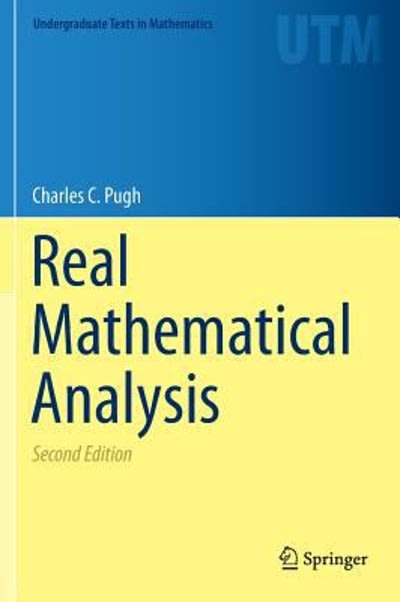Answered step by step
Verified Expert Solution
Question
1 Approved Answer
For this problem, my task is simple. I have to be able to summarize what key concepts are being explained in the example. I


For this problem, my task is simple. I have to be able to "summarize what key concepts are being explained in the example. I have to summarize what the problem is explaining and the bottom-line concepts described in the problem."
Can you help me summarize what this problem is stating and be able to explain it in basic English? Thank you.


Step by Step Solution
There are 3 Steps involved in it
Step: 1

Get Instant Access to Expert-Tailored Solutions
See step-by-step solutions with expert insights and AI powered tools for academic success
Step: 2

Step: 3

Ace Your Homework with AI
Get the answers you need in no time with our AI-driven, step-by-step assistance
Get Started


